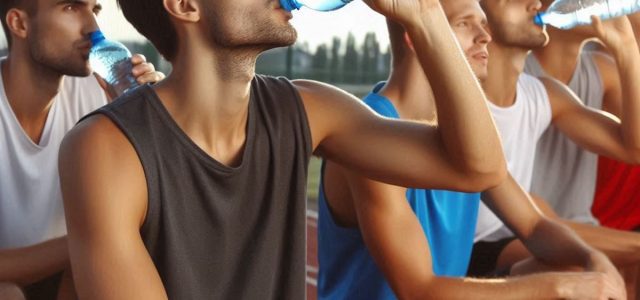

How to Stay Hydrated and Energized During Fall Practices
Health & FitnessMulti-SportNews September 4, 2024 Lauren Keating 0

For many athletes, the fall is their favorite season. With organized sports in session for the fall, cross country football, volleyball, soccer, and lacrosse teams are having practices outside. Milder temperatures and vibrant fall foliage in some areas provide a refreshing change from the heat of summer. However, the unique challenges of fall workouts can make it easy to overlook crucial aspects of fitness, like hydration and maintaining energy levels.
It is important to know how to hydrate for fall workouts properly just as important as during the hot summer months.
Here’s how to hydrate to remain healthy and at your best during your fall sports practices, games, or fitness routines.
Understanding Hydration For Cooler Weather
It’s easy to focus on proper hydration when the weather is hot—especially when the athlete is sweating less. However, your body still loses water through sweat and respiration, even in the cold.
Colder air tends to be drier, which can increase water loss from your breath. Additionally, wearing extra layers to stay warm during exercise can also add to sweat loss.
One of the biggest challenges in learning how to stay hydrated in fall is recognizing the signs of dehydration. In cooler weather, you may not feel as thirsty as you do in summer, which can lead to unintentional dehydration. Symptoms of dehydration include dry mouth, dizziness, dark yellow urine, headache, and fatigue. By the time you feel thirsty, you may already be slightly dehydrated, so it’s important to drink water consistently throughout your day and during practice.
Stay On Top Of Hydration By Setting A Schedule
To stay hydrated during fall workouts, establish a hydration schedule. It’s a great idea to start the day by drinking a glass of water. Doing so immediately replenishes fluids lost overnight and starts the day off with a healthy habit.
Aim to drink at least 8 ounces of water 30 minutes before your workout. During exercise, try to consume small sips of water every 15-20 minutes, especially if your workout lasts longer than 30 minutes. After exercising, drink water to replace fluids lost through sweat. A good rule of thumb is to drink at least 16-24 ounces of water for every pound lost during exercise.
It’s always a good idea to carry a water bottle around throughout the day. Take one class if allowed. This simple habit can remind you to drink regularly and help you avoid dehydration.
Balance Electrolytes
Athletes need to make sure they are replenishing electrolytes—such as sodium, potassium, magnesium, and calcium—when they are at practice, a game, or a race. Electrolytes are equally important for maintaining hydration and energy levels. Electrolytes help regulate nerve and muscle function.
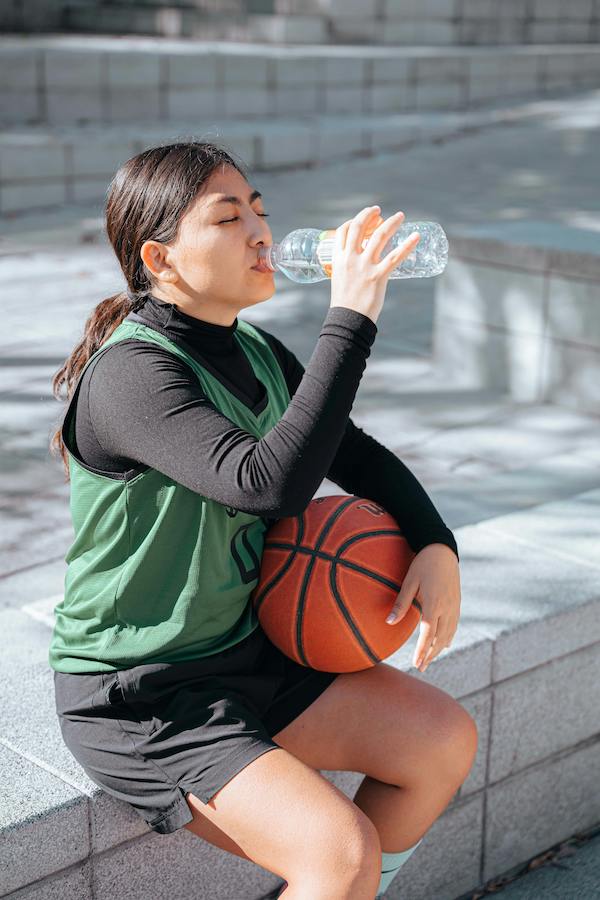
Electrolytes are lost through sweat. Even in cooler weather, you can lose a significant amount of electrolytes during prolonged or intense exercise.
To maintain electrolyte balance and stay hydrated, consider incorporating an electrolyte drink or snack into your post-workout routine. Sports drinks, coconut water, or electrolyte tablets can help replenish lost salts.
Athletes can also eat foods rich in electrolytes, such as bananas (potassium), nuts (magnesium), and yogurt (calcium) as a post-workout snack to help in recovery.
Fuel Your Body Right
Staying energized during fall workouts is only possible when fueling your body with the right foods. The body required more energy to stay warm in cooler weather. This combined with exercise at sports practice means you need more calories in order for the body to be able to function at optimal performance.
Athletes need to eat a well balance diet that includes a mix of complex carbohydrates, lean proteins, and healthy fats.
Complex carbohydrates, such as whole grains, sweet potatoes, and quinoa, provide sustained energy for your workouts. Lean proteins, like chicken, fish, or plant-based options such as beans and lentils, help repair muscles and support recovery. Healthy fats from sources like avocados, nuts, and seeds contribute to long-lasting energy and help keep you feeling full.
For a pre-workout snack, aim to eat something that combines both carbohydrates and protein about 30-60 minutes before exercising. For example, try a banana with almond butter, a small serving of oatmeal with berries, or a whole grain toast with avocado. After your workout, focus on replenishing glycogen stores and repairing muscles with a mix of protein and carbs, such as a smoothie with fruit and protein powder or a turkey and vegetable wrap.
Sneaking In Other Beverages For Hydration
Athletes don’t need to stick to just iced-cold water and sports drinks to stay hydrated. When temperatures drop, a warm cup of decaffeinated tea with lemon is a great way to stay hydrated. Herbal teas, such as chamomile or peppermint, not only provide fluids but also have additional health benefits, such as aiding digestion or reducing inflammation. Avoid caffeinated beverages, which aid in dehydration. The diuretic effect of caffeine can lead to increased fluid loss.
Other Fall Weather Hydration and Energy Tips
It can be harder to get out of bed in the morning under the comfort of a warm bed in the fall and winter months. For this reason, make sure to get enough sleep each night so that energy levels are replenished for the next day—especially if you have practice on the schedule.
Carrying healthy snacks like protein bars or mixed nuts is a great idea for keeping energy levels high during the day.
Make sure to get up, stretch, and move around to promote blood flow when starting to feel fatigued during the day.
When mastering how to stay hydrated, athletes need to be consistent. Make drinking water and eating nutritious meals a part of your daily routine, not just before and after workouts.

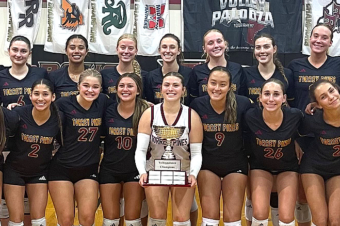
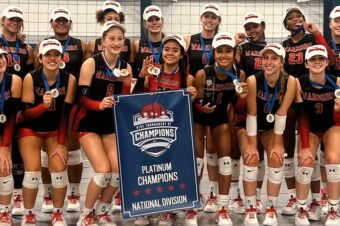

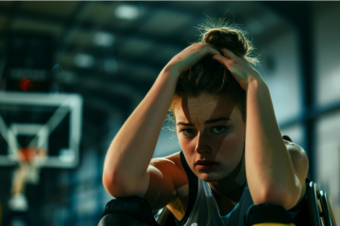
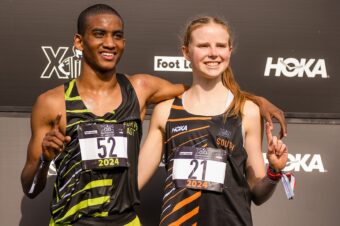
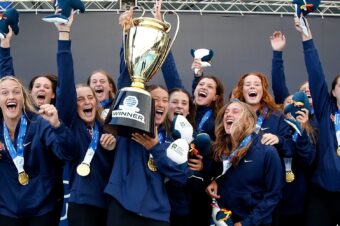
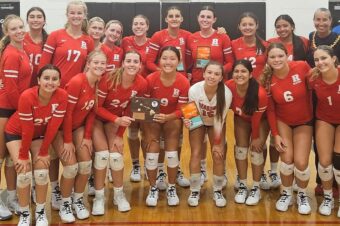
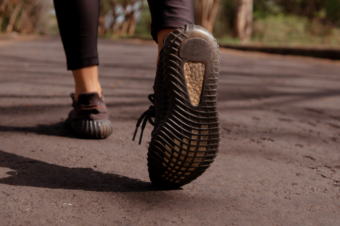
No comments so far.
Be first to leave comment below.